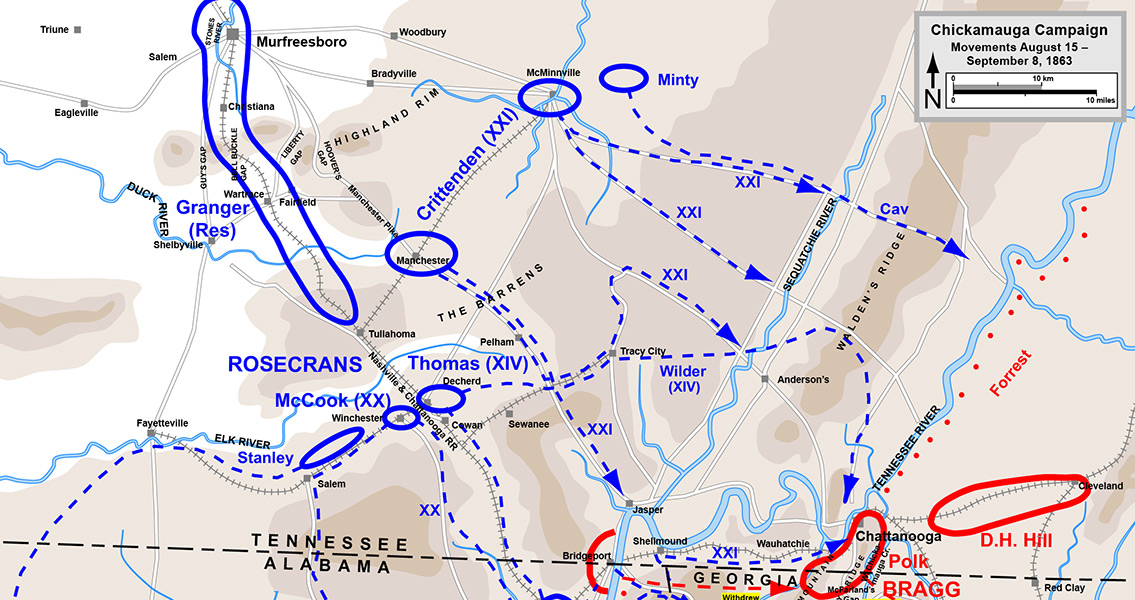<![CDATA[Two men from East Tennessee have been sentenced to jail time after it became apparent that they had been illegally excavating artifacts dating back to the US Civil War. According to reports from local CBS news affiliate WDEF, Kenneth Fagin, Jr., 39 years old and from South Pittsburg and Terry Tate, 61 years old and from Manchester will serve out a 30 month federal prison sentence courtesy of Federal Judge Curtis Collier. The pair of men entered a guilty plea in response to charges that they had conducted four years’ worth of illegal archaeological digs at Battle Creek, at the bottom of Fort McCook. A Federal encampment that was overrun by Confederate forces on August 27, 1862, Fort McCook was renamed Fort Maxey after its capture and then Fort Thomas during the Chickamunga campaign. The site of Fort McCook, which is adjacent to the South Pittsburg Municipal Park, is on property owned by the Tennessee Valley Authority, an electricity supplier for the southeastern US owned by the Federal government and tasked with providing land management, navigation and flood control for the Tennessee River system. Among the illegally excavated items were two artillery shells known as Hotchkiss shells, which would have been fired by three-inch wrought iron rifles during Civil War conflicts. Other illegal excavations in 2009 saw Fagin and Tate obtain U-rail railroad tracks dating from the Civil War. Named for their distinctive inverted U-shape in cross-section, U-rails were used almost exclusively by Confederate forces in southern railroads; the pair of convicted East Tennessee men obtained the U-rails illegally in Bridgeport, Alabama from public lands. Later, the pair used these stolen antique U-rails to create a counterfeit “Sherman Bow-Tie”, the end result of a type of railroad sabotage tactic named after Northern Major General William Tecumseh Sherman. During the Civil War, Sherman would instruct his men to tear up Confederate rails, heat them in a fire until red-hot, and then bend and twist them; the tactic rendered the iron useless to the Confederates, as they could not be straightened back out to be re-used. With the South suffering from an iron shortage in the final days of the war, the Sherman Bow-Tie was instrumental in crippling the Confederate rail system – especially during Sherman’s infamous March to the Sea and the scorched-earth policies he instituted at the time. These tactics were roundly criticized by Sherman’s detractors, eliciting the now-famous response from the general that “war is Hell”. Other Civil War artifacts were illegally excavated by Fagin, who admitted to unearthing a .57 caliber three-ringed rifle bullet; fragments from a Schenkl artillery shell that would have been fired from a Northern three-inch wrought-iron artillery gun, and a handful of three-ring rifle bullets that had been fired. It was common for many rifles from the Civil War era to fire bullets that had anywhere from one to four rings on the base, either from being carved or whittled into shape by hand. Image courtesy of Wikimedia Commons user: Hal Jespersen ]]>
2 East Tennessee Men Get Jail Time for Illegal Digging
